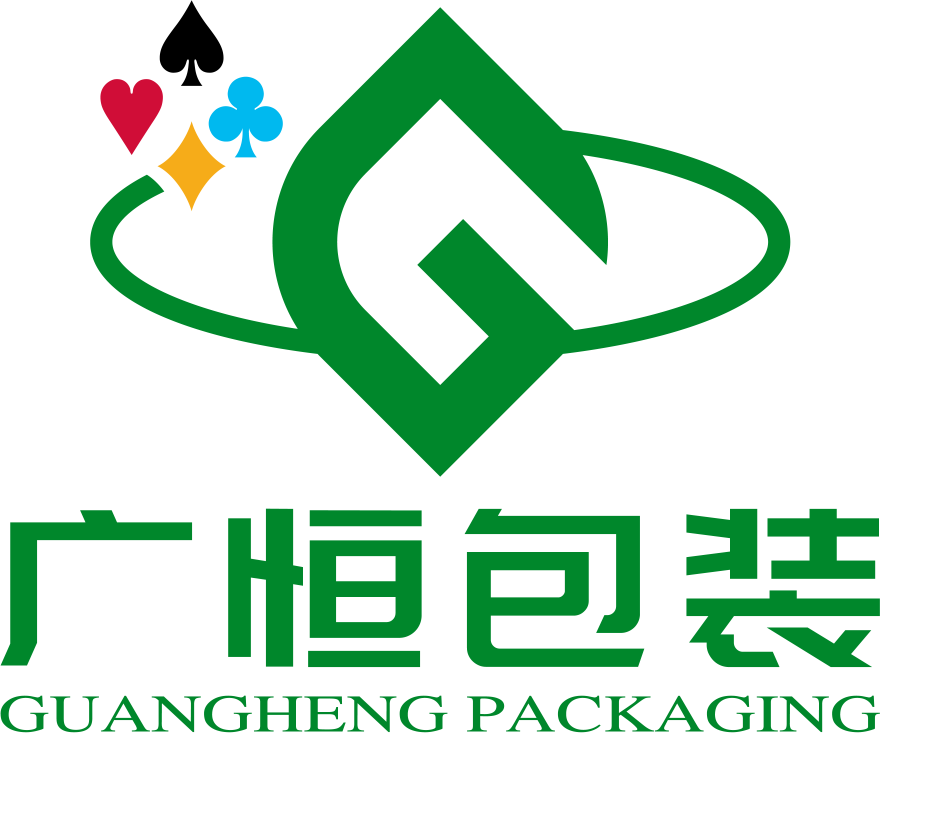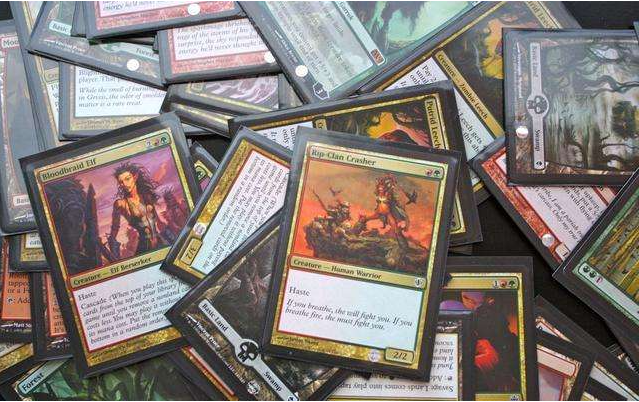Email format error
Email cannot be empty
Email already exists
6-20 characters(letters plus numbers only)
The password is inconsistent
Email format error
Email cannot be empty
Email does not exist
6-20 characters(letters plus numbers only)
The password is inconsistent

News
How To Playing The Magic Card?
To make new friends start the game of magic card as soon as possible, we specially prepared this article to help you learn the basic playing methods of magic card.
Rules of Magic: The Gathering
At the beginning of the game, each player has 20 hp and a deck of at least 60 cards. The goal of the game is to reduce the opponent's "life" to 0 or below when he survives, force the opponent to have no card to catch, or make the opponent obtain 10 poisoning counters, or use special spells to make him lose the game.
Types of Magic The Gathering
Land
Land is the symbol of energy. You can only play one land card per turn. Both sides of the battle must draw enough energy from their respective land cards to use the spell of relative mana. The most common lands are five basic lands: plains, islands, swamps, mountains and forests (of course, there are other types of basic lands, such as wilderness and snow covered mountains, but they will not be discussed in detail here). They will also provide you with mana in the corresponding colors - white, blue, black, red and green. You can play any number of these five land cards in your deck - like all other cards, you can only play up to four.
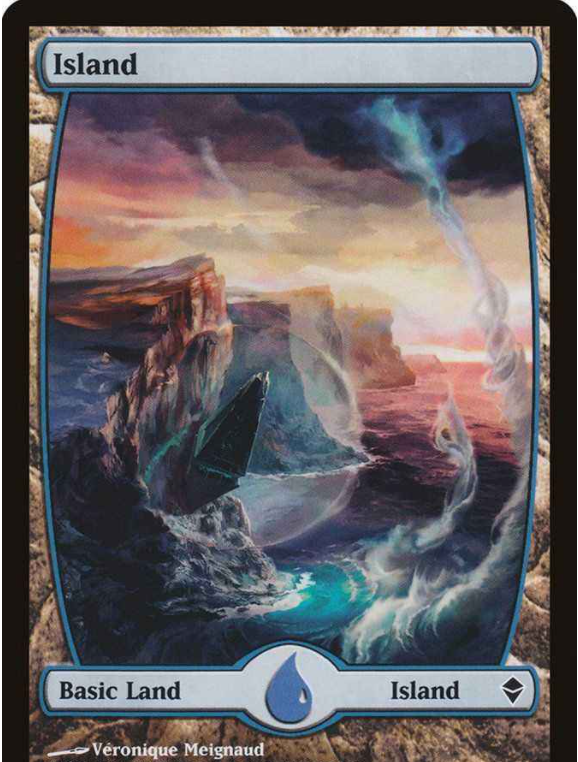
Creature
Creature is a powerful warrior you summon with magic power, and it is also the main means to reduce the opponent's HP. By letting them attack your opponents or blocking the attack of your opponent's creatures, you can defeat your opponent or save your life.
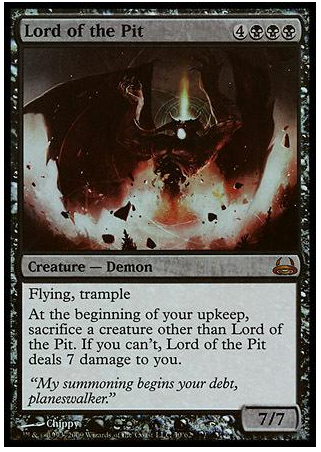
Artifact
Like creatures, artifact requires mana to be cast. The difference is that they have no combat effectiveness. Some creatures are also artifacts, so they will have the attributes of both artifacts and creatures at the same time.
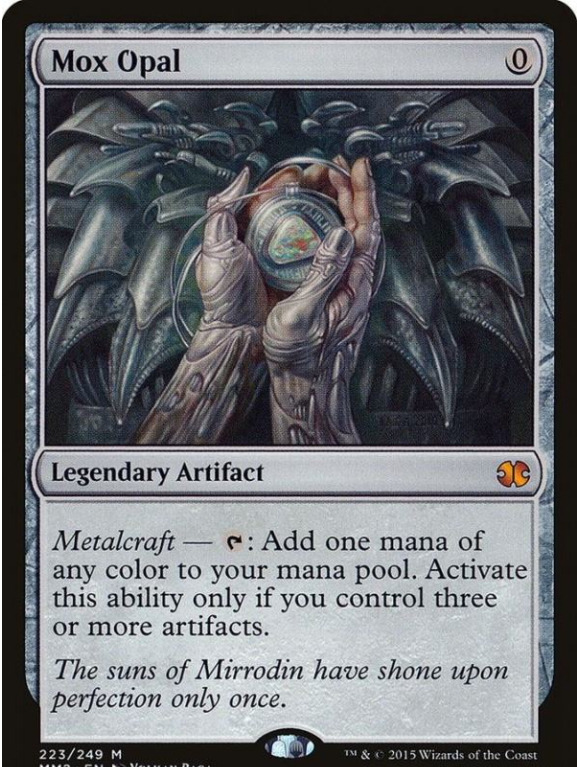
Artifacts usually do not require colored mana to be cast. But some special artifacts require you to provide colored mana.
Enchantment
These magic arrays that stay on the battlefield will affect the war results. General enchantments need the support of colored mana. Like artifacts, they have powerful effects, but no combat effectiveness. Some creatures also have enchantment attributes, so cards that affect enchantment will also affect these creature cards.
Pengluoke
You can invite some powerful pengluoke to help you. You can only use pengluoke when you can use spells. The number in the lower right corner of their face represents the "loyalty" of the pengluoke. When it comes into play, it will have this number of loyalty counters on it. You can only increase or decrease its loyalty points according to the instructions on the card when you can use a spell, so that it can play its corresponding role. You can only select one of these effects per turn and use it only once.
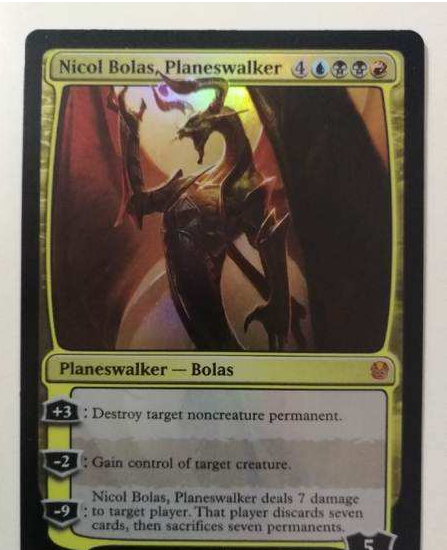
Pengluoke is a permanent property. When attacking, creatures can attack their opponent's pengluoke. All non combat damage caused to the opponent (such as being hit by a spell) can be caused to pengluoke instead. After pengluoke is hurt, subtract the "loyalty" point equal to the damage value. If pengluoke's loyalty point is less than 0, you have to enter the cemetery.
The above five categories of cards are collectively referred to as "permanent magic cards", because they will stay on the court after use, which is different from the cards in the following categories of "lose after use".
Spells
Spells are like magic you use. They have their own uses. Spells can only be used when there is nothing on the stack during your turn.
Instant
Similar to a spell, but more flexible than a spell. Just like its name, it can be cast "instantly" to surprise the opponent.
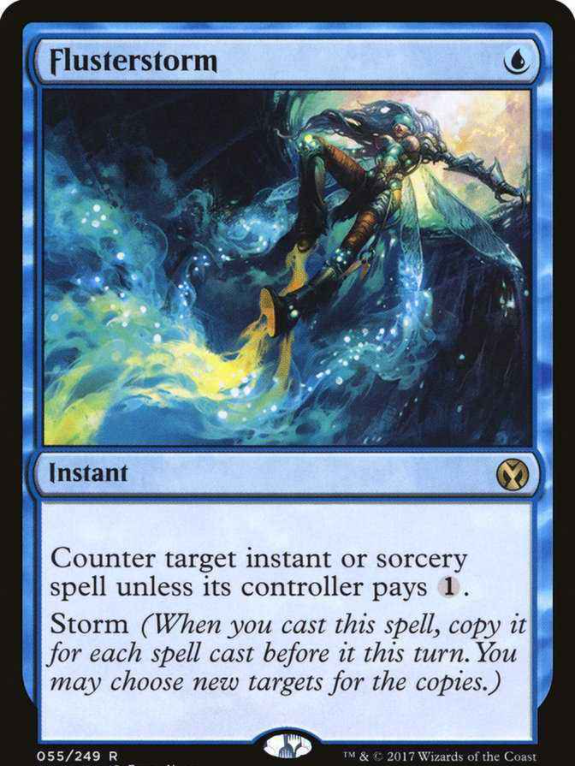
Clan
This is a special category of cards. A clan is an abiotic card with a creature category. They have a biological category, so they can be found by the effect of "searching for a card with XX category".
Gaming Area
Battlefield
This is where you put the permanent. The battle between creatures and the output cost of land all occur here. This is an open area that can be viewed by all players.
Card Library
This is the location of your deck. At the beginning of the game, put your deck here - it becomes your library. This is a private area for all players.
Graveyard
When creatures die, permanents are destroyed or sacrificed, spells and instants are cast, and cards are discarded, they will enter this area. The order of the cards inside cannot be changed. This is an open area - which means you can view your opponent's graveyard.
Hand Card
The card in your hand is your hand. You can cast a spell from your hand or put the land in your hand into play (this is commonly called "land of use"). Generally, this is a closed area.
Exile Area
After a card is exiled (removed from the game), it will enter the area. The exile area of two players is the same. This is different from cemeteries. Cards normally placed in the exile area can no longer be used or retrieved.
Stack
This is a more advanced concept. In fact, there is no such area on the battlefield - but it does exist. Spells or abilities cast from anywhere will enter this area first and follow the "last in, first out" principle.
For example, if you traverse a forest and a plain to generate mana and cast the "Dog Man guide", the creature spell will enter the stacking area (you can understand that it is still a soul and has not yet been finalized). If your opponent does not respond to this spell (for example, use a "Cancel" to counterattack it and make him directly enter the graveyard), And let you regain priority, the spell "settles" and enters the battlefield.
Game Process
First, the two players choose first and then hand in an agreed way (such as throwing a dice larger than). After selecting the hand successively, each player will grab 7 cards from the top of the library, and the first player will decide whether to keep the hand. If not, the player will wash the hand into the library and grab the card again. This action is called "scheduling". Players can schedule any time, but each time they schedule, they will catch one card less. For example, if you dispatch once, you will catch 6 cards, if you dispatch twice, you will catch 5 cards, and so on. When both players are no longer scheduled, the scheduled player can view the first card at the top of his library and decide whether to leave it at the top or bottom of his library.
After scheduling, the first player starts his turn, and then the two players take turns to play their own turn.
The turn structure of each player is the same, which is mainly divided into the following steps:
Reset
In magic cards, the action of turning the card horizontally is called tap - when a card is tapped, it usually means that it has been used or has run out of energy. In the reset step, all permanents that were tapped in the last round will be reset automatically, that is, all your resources have been charged and taken on a new look!
Maintenance
Normally nothing happens. However, some effects will take effect at this step. Instant can also be used in this step.
Card Grasping
The player who plays this turn grabs a card from the top of the library. The first player will skip this step in the first round, that is, the first player will not grasp cards in the first round.
First Main Phase (pre battle action phase)
At this stage, players who perform this turn can cast various spells, such as creature spells, spell spells or artifact spells. The opponent can also interfere with him with the ability of instant or some permanent objects. Settled permanent spells (such as creature spells) will remain in play, and used spells or moments will enter the graveyard.
Combat Phase
At this stage, the player in this turn can choose to tap the creature he controls to attack the opponent, and the opponent can block it with the creature he owns and does not tap. At the same time, both sides can also use instant to affect the war situation.
Magic creatures can only attack their opponents or pengluoke under their opponents, not their creatures or anything else.
Second Main Stage (post battle action stage)
This stage is basically the same as the action stage above. The player in this stage can cast various spells - and his opponent can still interfere with him.
End Phase (including end step and clear step)
Generally, nothing will happen at this stage. Some effects that say "until the end of the turn" will lose effect at this stage. And the damage marked on those creatures will also be removed.
In The End
The above is the basic play method of the magic. If you want to do a in-depth study of it, find a magic card store. If you don’t know where to buy the cards, I recommend you a professional China magic cards supplier Guangheng Packaging. It has various magic card printings and it can design magic card according to your demands. If you want to present it as a gift, it also provide exquisite magic card boxes.
